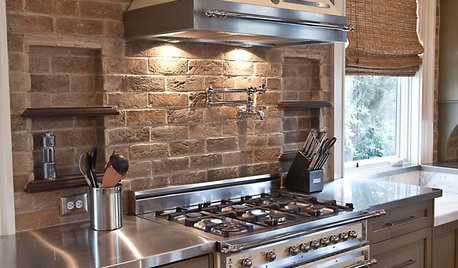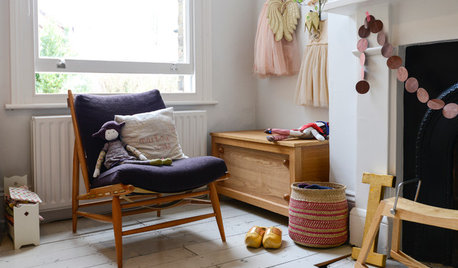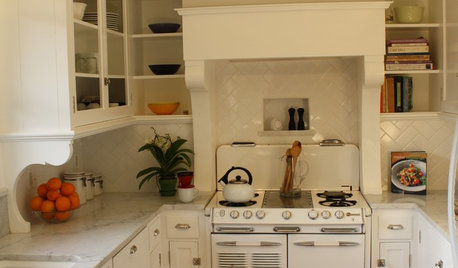Can't Vent Kitchen Hood in Cold Climates?
mtpam2
12 years ago
Featured Answer
Sort by:Oldest
Comments (20)
live_wire_oak
12 years agoRelated Professionals
El Dorado Hills Kitchen & Bathroom Designers · Sun City Kitchen & Bathroom Designers · Bellevue Kitchen & Bathroom Remodelers · Biloxi Kitchen & Bathroom Remodelers · Idaho Falls Kitchen & Bathroom Remodelers · Lincoln Kitchen & Bathroom Remodelers · Pinellas Park Kitchen & Bathroom Remodelers · Rolling Hills Estates Kitchen & Bathroom Remodelers · Canton Cabinets & Cabinetry · Dover Cabinets & Cabinetry · East Moline Cabinets & Cabinetry · Lakeside Cabinets & Cabinetry · Lindenhurst Cabinets & Cabinetry · Prospect Heights Cabinets & Cabinetry · White Center Cabinets & Cabinetrykaseki
12 years agocj47
12 years agomtpam2
12 years agoSeeBuyFly
12 years agoeandhl
12 years agomtpam2
12 years agotransy416
12 years agomtpam2
12 years agoONU_Rx
12 years agoasolo
12 years agobeekeeperswife
12 years agoamcook
12 years agomtpam2
12 years agoCaddidaddy55
12 years agomtpam2
12 years agotaras1
10 years agokaseki
10 years agoSynergy451
9 years ago
Related Stories

ARCHITECTURE15 Smart Design Choices for Cold Climates
Keep your home safe and comfortable in winter by choosing the right home features and systems
Full Story
KITCHEN DESIGNTrending Now: 25 Kitchen Photos Houzzers Can’t Get Enough Of
Use the kitchens that have been added to the most ideabooks in the last few months to inspire your dream project
Full Story
KITCHEN DESIGNYes, You Can Use Brick in the Kitchen
Quell your fears of cooking splashes, cleaning nightmares and dust with these tips from the pros
Full Story
KITCHEN DESIGNA Cook’s 6 Tips for Buying Kitchen Appliances
An avid home chef answers tricky questions about choosing the right oven, stovetop, vent hood and more
Full Story
KITCHEN DESIGNHow to Choose the Right Hood Fan for Your Kitchen
Keep your kitchen clean and your home's air fresh by understanding all the options for ventilating via a hood fan
Full Story
FEEL-GOOD HOMESimple Pleasures: Get Cozy on a Cold Day
Some things are best when the weather is bad. Heat up some cocoa and join the discussion
Full Story
LIFEHouzz Call: How Are You Handling the Record-Breaking Cold?
Share your tales, strategies and photos for everything polar vortex
Full Story
SMALL SPACES10 Tiny Kitchens Whose Usefulness You Won't Believe
Ingenious solutions from simple tricks to high design make this roundup of small kitchens an inspiring sight to see
Full Story
5 Stunning Modern Range Hoods
Today's kitchen range hoods can look like sleek sculptures. Here's what to look for when you go shopping for one
Full Story
LIFEHow Your Landscaping Can Keep Burglars Away
Prevent home break-ins with strategic landscaping and good practices instead of menacing — and maybe less effective — measures
Full StoryMore Discussions








weissman